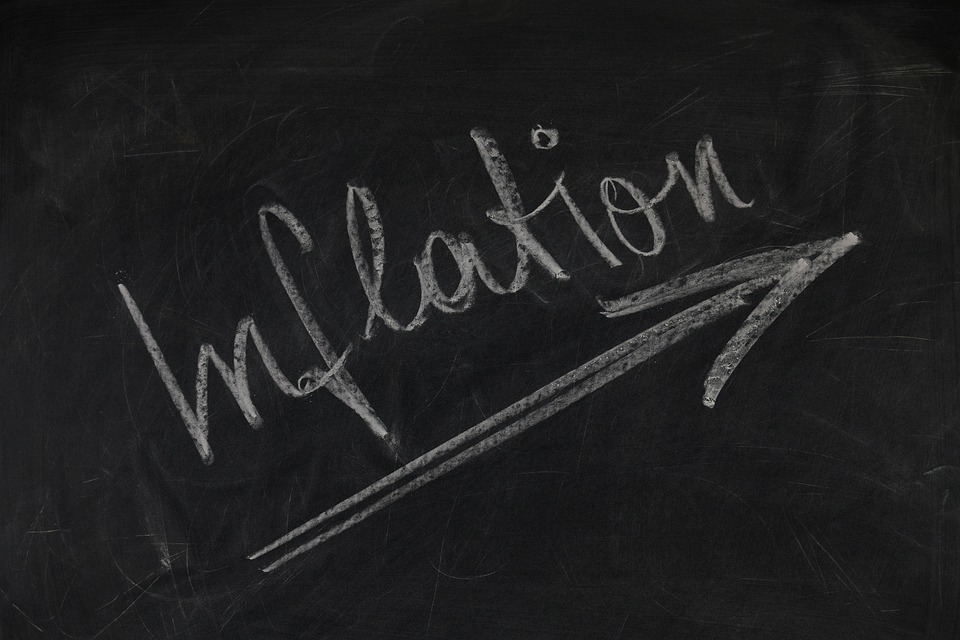Leading Indicators For Inflation Picking Back Up

The market was pricing in a fair amount of rate cuts for this year on the expectation of getting back into the Fed’s 2% range for the CPI, but the data appears to be stabilizing around 3%, says Chris Puplava.
Though some are dismissing this as statistical noise, several leading indicators for inflation also point to a stabilization around 3% with the possibility of reaccelerating back towards 3.5 - 4% this year.
Puplava cites increasing costs pressure indexes for the manufacturing and services sectors, small business plans to raise prices, as well as exports from Korea as leading inflationary indicators.
“Leading indicators of inflation are starting to hook up that do pose some concern,” Puplava stated. “The one that really kind of shocked was the prices paid for the services PMI...it’s arguing that the trough is in and that we’re not getting to 2%, which is what the Fed wants, and that we may actually be accelerating back to a 3.5 - 4% inflation rate.”
The ISM Services PMI report on business prices tends to lead inflation by around 3 months and suggests overall consumer price inflation may accelerate in the months ahead.
(Click on image to enlarge)

Source: Bloomberg, Financial Sense Wealth Management
South Korean exports—a widely watched proxy for global growth—are highly correlated to commodity prices. The rebound in South Korean exports (in black) from their 2023 lows is suggesting further upside for commodity prices (in red) for this year, which would add to inflationary pressures.
(Click on image to enlarge)

Source: Bloomberg, Financial Sense Wealth Management
If inflation does continue to rise along with these leading indicators, it could push off expectations of rate cuts until later in the year or eliminate them altogether. As Puplava states, "the discussions won't be about rate cuts, it's going to be back to déjà vu…where Powell was saying ‘higher for longer’. And I don't think the markets are primed for that."
Consumer spending patterns also point to tighter budgets according to Puplava. Foot traffic is declining at high-end retailers but rising at discount stores. Sales and foot traffic in the restaurant industry have also shown signs of diminishing, pointing toward a conservative spending approach by consumers. In response to tightening budgets, households are likely substituting dining out for more budget-friendly options.
The workforce landscape is also echoing these trends, with news of layoffs clouding the employment outlook. Contrary to the robust nonfarm payroll numbers, the announcements of workforce reductions across various sectors suggest a cooling in the labor market this year. Ongoing layoffs could further restrain consumer spending, compounding the challenges faced by retailers and service providers.
“This is going to be a really precarious situation for the stock market, particularly at all-time highs above 5,000 [on the S&P 500]” should inflation remain sticky around current levels in the face of consumers seeing greater layoffs this year, Puplava cautioned.
More By This Author:
The Next Big Arms Race Is Quantum
One Call To Rule Them All
Testing The Consensus And The Goldilocks Seven
Advisory services offered through Financial Sense® Advisors, Inc., a registered investment adviser. Securities offered through Financial Sense® Securities, Inc., Member FINRA/SIPC. DBA ...
more


